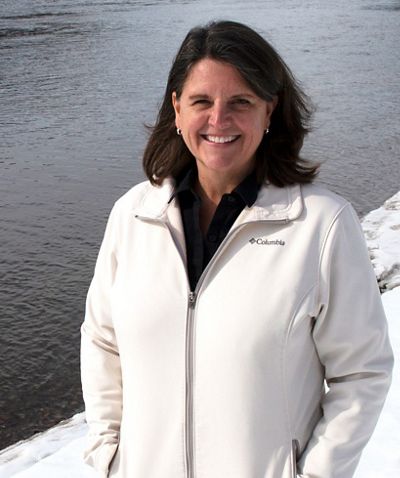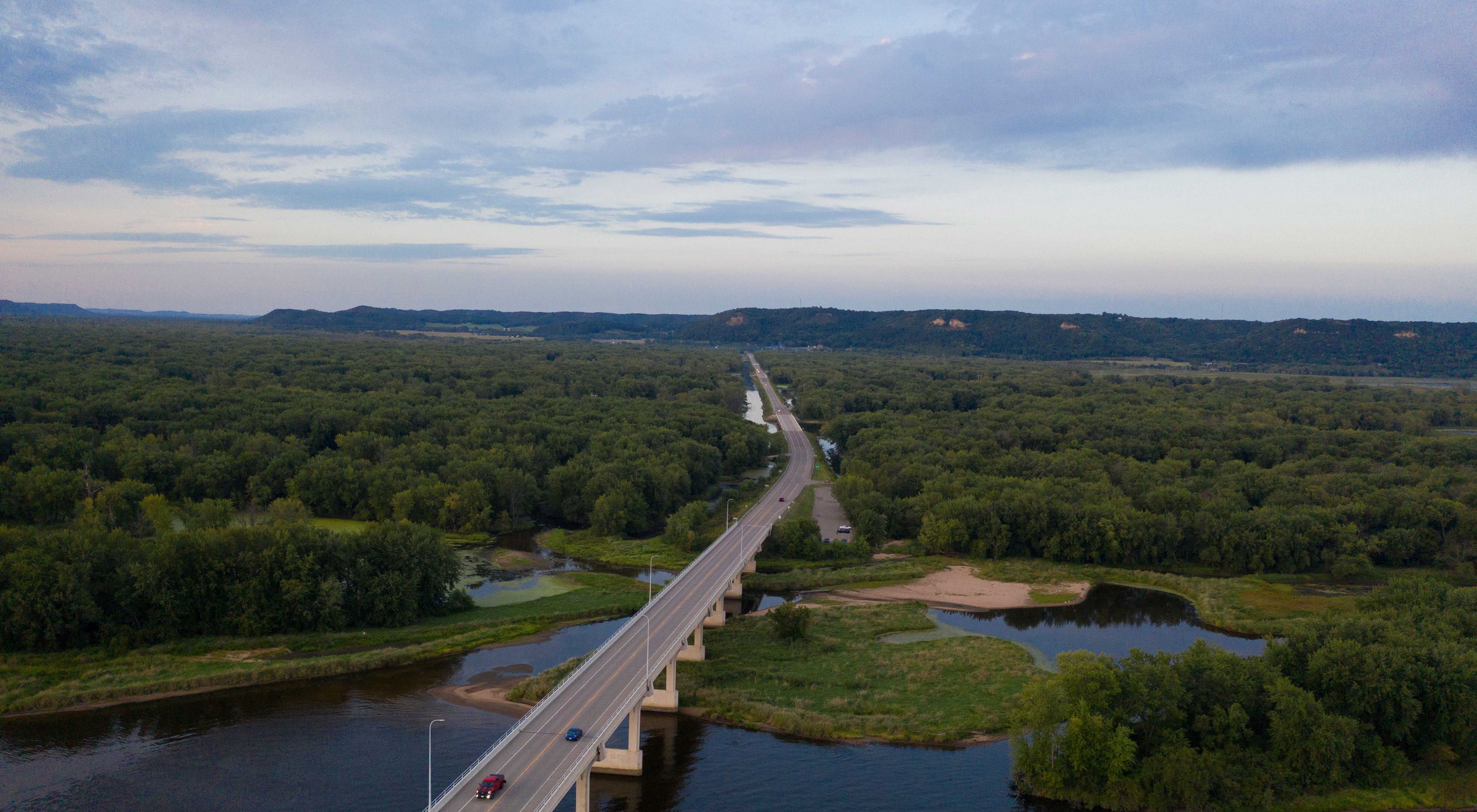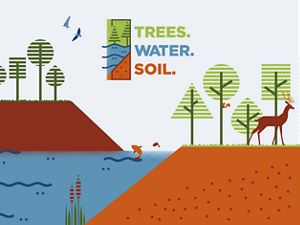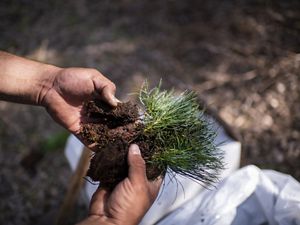Statement from The Nature Conservancy on Minnesota's Climate Action Framework: We're Ready.
Ann Mulholland—director of The Nature Conservancy in Minnesota, North Dakota and South Dakota and a member of the Minnesota Governor’s Advisory Council on Climate Change—reflects on the recent release of Minnesota's Climate Action Framework. The Nature Conservancy contributed to the development of this framework in part by participating in the advisory council, submitting formal comments and working alongside state agency leaders and community members in several working groups to refine the state’s climate strategy and elevate the role of nature in addressing the climate crisis.

Climate change is here, and Minnesotans are already experiencing a higher frequency of extreme weather—like devastating droughts, flooding and warmer winters. These unusual weather patterns are exacerbated by climate change, and it’s a cause for concern among residents. A 2021 survey indicated that two-thirds of Minnesotans are worried about global warming. To avoid the worst impacts of climate change, the state must rapidly scale up its response and deploy a broad set of climate solutions.
Minnesota state leaders took an important step toward expanding our climate strategy on September 16, 2022. The Governor’s Climate Change Subcabinet released Minnesota’s Climate Action Framework, a comprehensive game plan for how the state can mitigate and adapt to a changing climate.
Quote

Natural climate solutions can mitigate 15% of Minnesota’s annual carbon emissions.
This framework captures a wide-ranging summary of actions that can limit the devastating effects of climate change and help our communities thrive. There are six core areas of action in the framework: transportation, natural and working lands, community resilience, energy and efficiency, public health and the broader economy.
Natural climate solutions—the conservation, restoration and land management actions that increase carbon storage or avoid greenhouse gas emissions—can mitigate more than 15% of Minnesota’s annual carbon emissions. That’s like removing the emissions from seven coal power plants! By expanding inexpensive, proven solutions like planting more trees, restoring prairies and wetlands, and improving agricultural practices, we can harness the power of nature to get us a third of the way toward Minnesota’s goal of cutting emissions in half by 2030.

The framework also emphasizes the importance of equity in climate action and community resiliency, because we know the effects of climate change aren’t felt equally by all people. Importantly, investment in natural climate solutions will provide countless benefits to Minnesotans, like cleaner air and water, more resilient food systems and a stronger economy.

But to meet this moment, natural climate solutions must be implemented on a large scale throughout Minnesota in order to seize nature’s immense potential to offset emissions. While doing so, we must also utilize nature on a smaller scale to benefit our cities and suburbs. As we improve the management of our forests, we must also expand efforts to plant trees in cities to reduce heat island effects and filter air pollution. Similarly, while we work to restore vast swaths of prairie and build soil health on farmland, we must also do more to create green spaces in cities, like parks and rain gardens, so that every community can experience the tangible benefits of nature.
The framework is clear that combatting climate change will be an all-hands-on-deck effort. We are ready to do our part, and we look forward to continued action from state leaders regarding their plans for advancing the ambitious goals highlighted in the framework. The climate crisis demands that we take bold, bipartisan action to protect Minnesotans from the most harmful effects of climate change. In 2023, legislators should make the most of their opportunity to put much-needed funding behind the proposals in Minnesota’s Climate Action Framework.
The Nature Conservancy is grateful for the opportunity to have participated in the process of creating this framework by submitting formal comments and working alongside state agency leaders, Tribal nations that share geography with Minnesota and members of the public to refine the state’s climate strategy. I participated as a member of the Governor’s Advisory Council on Climate Change, and other TNC staff served on working groups that helped elevate the role of nature in addressing the climate crisis.
Nature is our first line of defense against many climate impacts, and it’s a cost-effective solution to protecting communities and the economy. We’re pleased to see that Minnesota’s Climate Action Framework acknowledges the importance of nature and outlines a good starting point for investing in natural and working lands as a solution to climate change that benefits all Minnesotans.
The Nature Conservancy is a global conservation organization dedicated to conserving the lands and waters on which all life depends. Guided by science, we create innovative, on-the-ground solutions to our world’s toughest challenges so that nature and people can thrive together. We are tackling climate change, conserving lands, waters and oceans at an unprecedented scale, providing food and water sustainably and helping make cities more sustainable. Working in more than 70 countries and territories, we use a collaborative approach that engages local communities, governments, the private sector, and other partners. To learn more, visit nature.org or follow @nature_press on Twitter.



